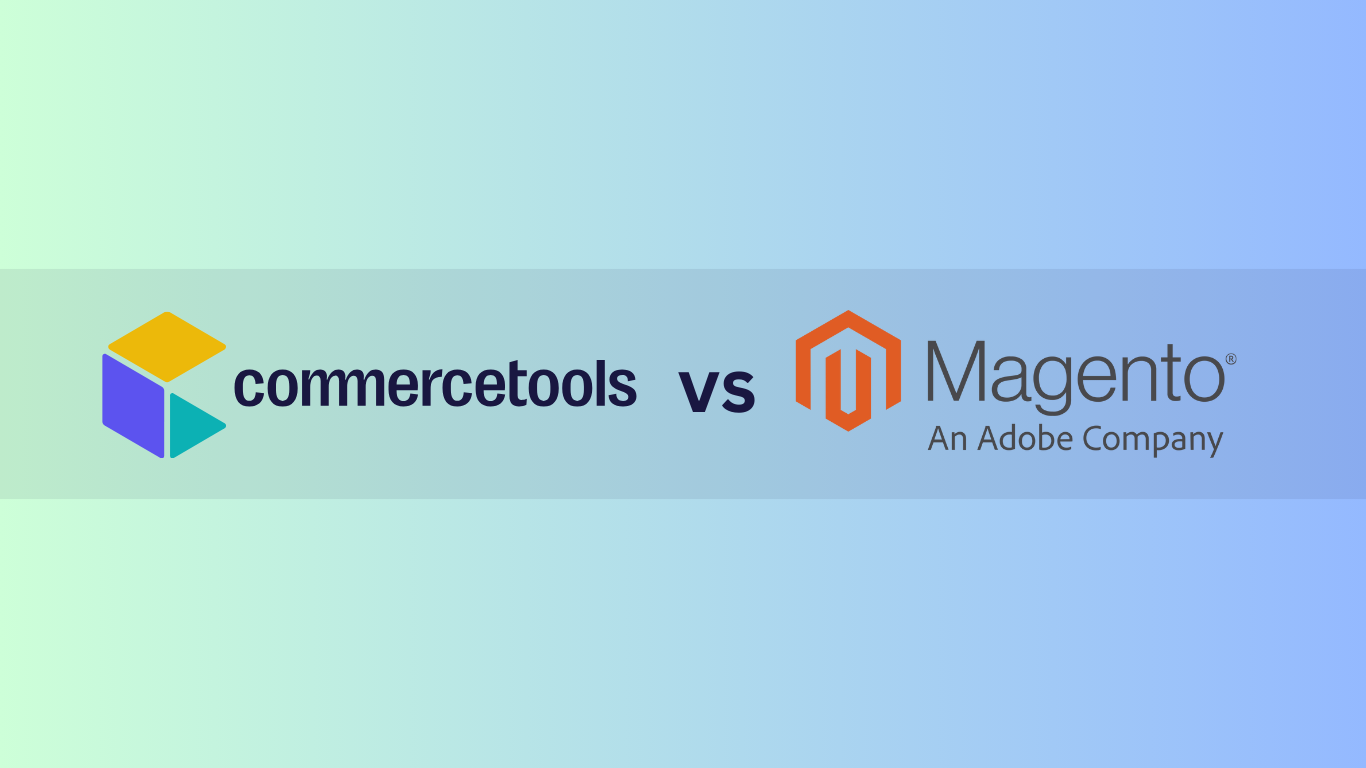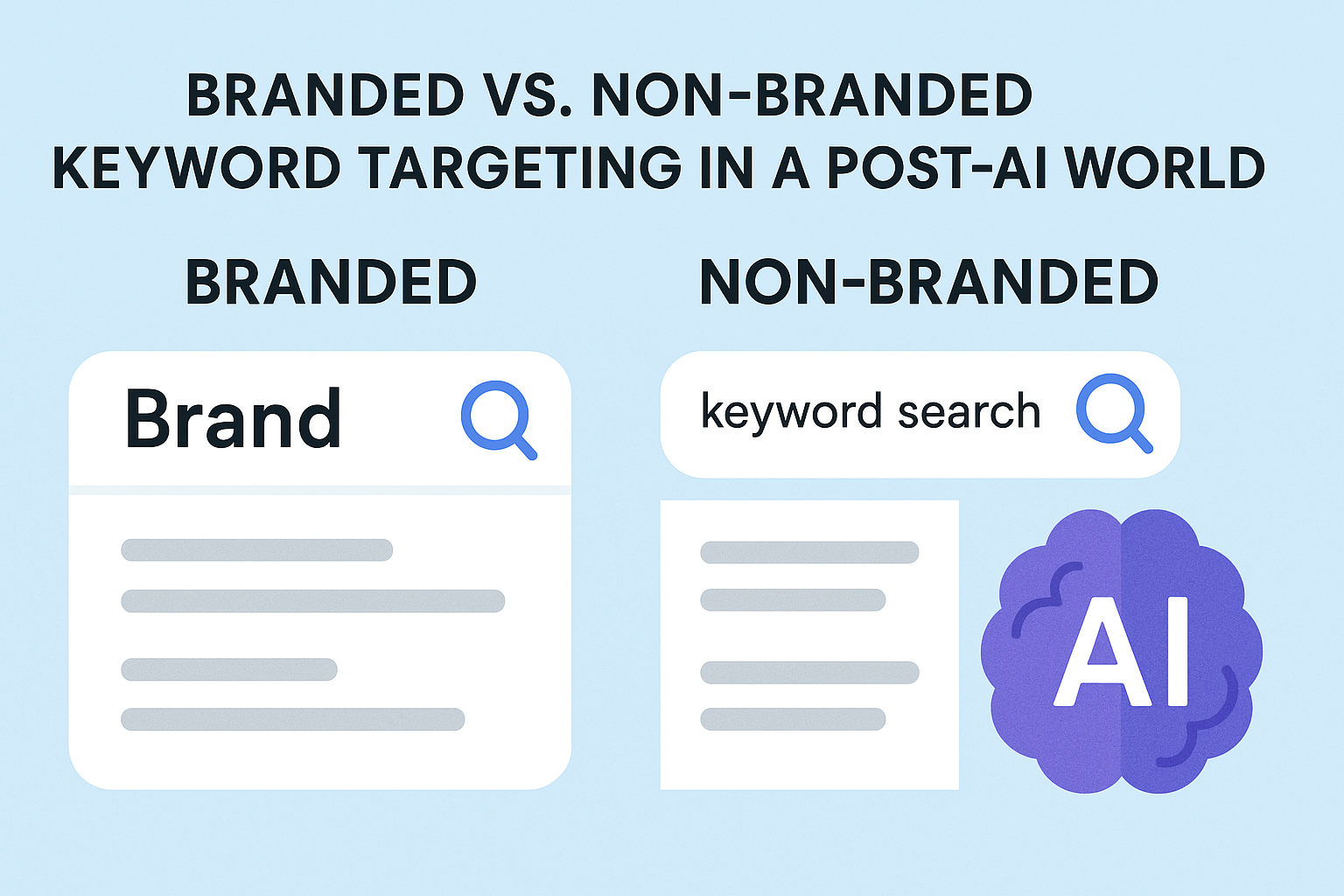When setting up a web store, picking the correct stage is key. Two huge names in this field are Commercetools and Adobe Commerce (once known as Magento). Both offer tools to assist businesses offer items online, but they work in several ways. This comparison will look at what each platform does well, where they might fall short, and how they differ. By the end, you’ll have a clearer idea of which one might be better for your online shop.
Company Background
Commercetools is an ecommerce stage with unparalleled versatility, adaptability, and customization that gives a headless design isolating front-end introduction layers from back-end commerce usefulness. Merchants can build unique shopping experiences while efficiently supporting multichannel selling strategies through this approach. Commercetools serves businesses of all sizes in both B2C and B2B sectors alike by providing composable commerce solutions aligning with business operations for future expansion and innovation.
Adobe Commerce, originally known as Magento, has a rich history in online shopping. It started in 2008 as an open-source e-commerce platform, quickly becoming popular with businesses of all sizes. In 2018, Adobe, a big software company, bought Magento and renamed it Adobe Commerce. This move combined Magento’s strong e-commerce tools with Adobe’s creative and marketing software. The platform kept its open-source roots while gaining more resources for growth and improvement under Adobe’s ownership.
Core Architecture
Commercetools’ microservice-based architecture isolates various functionalities into individual pieces for independent development, deployment, and management – increasing flexibility, scalability, and performance while simultaneously offering integration extensions that may lower additional development costs.
Adobe Commerce’s headless approach allows retailers to be free from adhering to restrictive front-end structures and templates, giving them more freedom in creating customized omnichannel experiences for their customers. Magento, however, specializes more in backend functionality while being more monolithic in structure. This is where custom Magento development comes into play, allowing businesses to tailor the platform to their specific needs despite its more traditional architecture.
Both platforms boast an expansive community of partners and developers who can assist businesses as they implement their projects. Both platforms also provide customer support plans with various levels of assistance to make finding the ideal solution easier based on individual business requirements. An in-depth assessment should take into account architecture, scalability, B2B capabilities, customization requirements, technical expertise support from community support as well as cost implications when selecting an eCommerce platform.
Scalability and Performance
Commercetools and Adobe both boast robust scalability features to enable retailers to manage peak loads without impacting performance, though Commercetools has an edge with its built-in cloud scalability compared to Adobe’s manual oversight enhancements.
Commercetools’ software architecture is API-first, making it easily compatible with front-ends and other systems to provide a unified digital experience across touchpoints – ideal for enterprises engaged in extensive omnichannel retailing activities.
The platform boasts powerful B2B capabilities, such as complex pricing models and an order management system with flexible order placement capabilities. Besides, integration with ERP and CRM frameworks permits businesses to more effectively oversee complex deals forms and workflows.
The stage gives an adaptable authorizing show with a yearly charge based on net stock esteem (GMV). As your business expands and new channels or features become necessary, users can upgrade their licenses as needed to accommodate growth.
Pricing Models
Choosing an e-commerce stage isn’t almost about highlights – taking a toll plays a huge part as well. The cost of ecommerce website development can vary significantly between platforms. Commercetools and Adobe Commerce have diverse ways of charging for their administrations, which can influence your timeline.
- Commercetools pricing: Commercetools employs a pay-as-you-go show. This implies you’re charged based on how much you utilize the stage. Your charge might alter each month depending on your sales volume and the highlights you utilize. This will be great for developing businesses as you merely pay for what you wish.
- Adobe Commerce pricing: Adobe Commerce offers set plans with distinctive highlights. You choose an arrangement that fits your needs and pay a settled sum, as a rule annually. This will make budgeting simpler as you know your costs forthright. In any case, you might conclude up paying for highlights you do not utilize.
- Startup costs: Commercetools frequently has lower forthright costs since you do not have to purchase a full bundle. Adobe Commerce might cost more to start with, especially if you need help setting it up. But remember, ongoing costs can add up differently for each platform.
- Hidden fees: Both platforms might have extra costs. With Commercetools, watch out for fees if you go over your usage limits. For Adobe Commerce, be aware of costs for add-ons or upgrades you might need as your store grows.
Customization and Flexibility
Commercetools is an API-first solution, that offers a broad selection of integration options for various systems and platforms. For instance, its Integration Starter Kit makes integrating back office operations with e-commerce systems easier – cutting manual processes out altogether while improving data consistency management.
Encompass also features a customizable data model that enables businesses to tailor data fields and objects based on their e-commerce strategies without changing the core functionality of the e-commerce platform. Furthermore, custom front ends enable more tailored shopping experiences across devices.
The platform’s headless architecture enables it to adapt automatically based on business demand, with auto-scaling features that help reduce costs. Furthermore, it was created for experimentation and faster time-to-market allowing brands to develop innovative shopping experiences without major upgrades.
Integration Capabilities
Commercetools provides businesses with an array of design and customization options to create engaging shopping experiences for customers. Its headless architecture allows businesses to use any front-end technology and framework of their choice when designing engaging customer journeys.
The platform is extremely adaptable, boasting a robust ecosystem of partners and integrations in its Integration Marketplace that can help businesses tailor their application ecosystem according to individual requirements and goals.
Commercetools is ideal for retailers and global ecommerce operations that demand scalability, flexibility, and an API-first approach to their operations. However, its setup process can be cumbersome and require technical knowledge for management; additionally, its extensive features and customization capabilities may prove too sophisticated for some businesses that lack adequate technical resources to manage them effectively. Therefore, seeking expert guidance when selecting an ecommerce platform is recommended.
User Interface and Ease of Use
Finding an ecommerce platform requires careful consideration of both current and future business needs, including an analysis of which features and functions are most crucial to your operations.
An eCommerce platform’s architecture, scalability, B2B capabilities, community support, and costs must all be carefully considered when making a selection. Commercetools and Adobe Commerce are two top options in this regard – earning top ratings thanks to their flexible integration capabilities, robust omnichannel personalization features, and customizable experiences.
Commercetools boasts an expanding ecosystem that features numerous integrations and extensions; however, its community remains smaller due to the latter’s longer market presence. Furthermore, commercetools offers an innovative consumption-based pricing model that can reduce upfront costs while preventing expensive upgrades; its headless architecture helps businesses craft customized frontends for digital touchpoints.
Community and Support
Commercetools and Adobe Commerce both have active communities, but they’re quite different. Commercetools has a smaller, but growing group of developers and users. They offer official support and have online forums where people share ideas. In any case, since it’s more up-to-date, there may be less ready-made arrangements for common issues.
Adobe Commerce, on the other hand, features a colossal community much obliged to its Magento roots. This means lots of designers, expansions, and online assets. You’ll be able to discover answers to numerous questions easily. Adobe moreover gives official bolster, but the strength of the community implies you’ll frequently get offered assistance from other clients as well. This may be truly supportive when you’re stuck or trying to find modern thoughts for your store.
Conclusion
In conclusion, both Commercetools and Adobe Commerce have their solid focuses. Commercetools is incredible for businesses that need an adaptable, advanced approach and do not intellect a few specialized work. Adobe Commerce is way better for those who need a more conventional, all-in-one arrangement with parts of ready-made highlights. Your choice depends on your trade measure, tech aptitudes, and future plans. Think about what you wish presently and what you might require afterward. Keep in mind, that the leading stage is the one that makes a difference in your online store development and keeps your clients upbeat.

The Search Engine Cage team is on a mission to educate entrepreneurs. We make things easier for the small business owner, by writing articles that help them to understand SEO and Digital Marketing.







